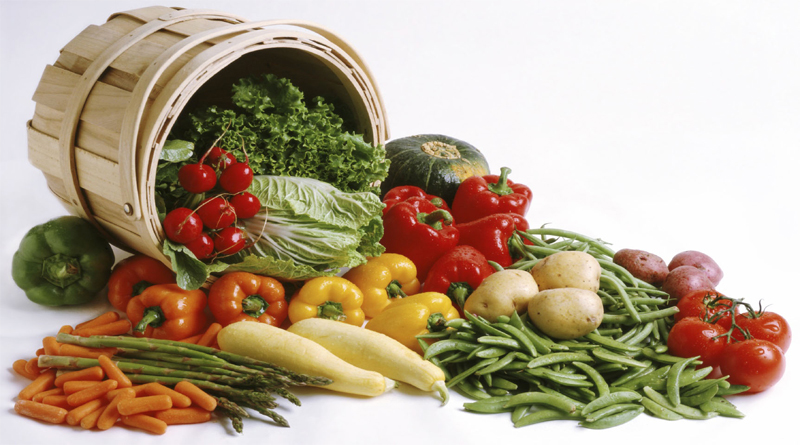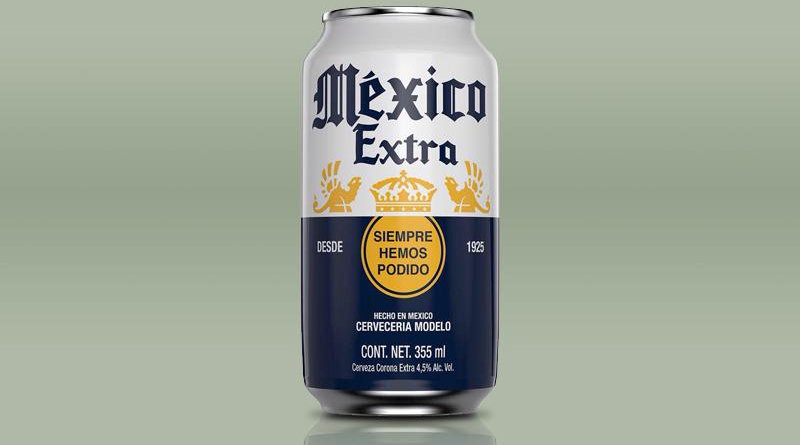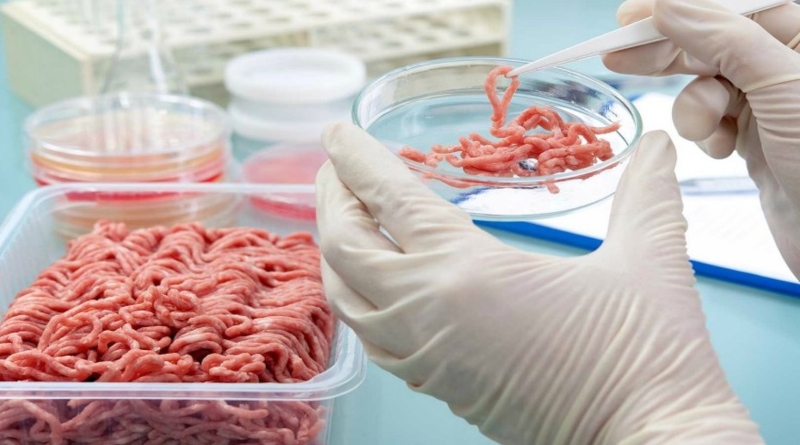The next few years could be pivotal for sustainable food in the realms of organic farming, sustainable fishing and plant based meat alternatives.
Americans love to eat. Each person devours, on average, 1,996 lbs – or nearly a ton – of food per year. The enormous effort to satisfy that big appetite creates significant environmental impacts, from fertilizers leaching into our water supplies and overfishing to massive die-offs of bees from pesticides and habitat loss.
Our eating habits come with tremendous social costs, too. More than 70% of the adults in the US and about a third of children are overweight. The medical cost of treating people who are grossly overweight, or obese, reached $147bn within the past decade.
Increasingly, businesses from farms to retailers are under pressure to reduce the environmental and social impact of growing produce and processed food. Here are five challenges we face in 2017 and beyond.
How to persuade farmers
Making a strong business case to farmers that changing their farming practices, such as moving away from conventional fertilizers and pesticides, is hard. That switch can be costly and time consuming, and cause them to tussle with government regulators or customers. And there are no guarantees that their investments will pay off.
The struggle to convince more farmers to switch to organic farming is a prime example. Market research shows that consumers want to buy more yogurt, cereal and other food made with organic ingredients, a market that reached an estimated $13.4bn in the US last year from $12.8bn in 2014. But only about 1% of cropland nationwide has received the organic designation because farmers aren’t convinced that the three years required to show the results of changing their use of pesticides and other practices is worth the financial investment.
“Your farm is your financial life, and when you decide you’re going to change the way you’re doing your business, you’re kind of putting it at risk,” Chris Garibaldi, a cherry farmer in California, said in a story about initiatives by General Mills and Kashi to encourage farmers to go organic. “The grocery stores don’t give a crap whether you’re in the transition to being organic. All they care about is are you certified or not.”
Organic farming also typically produces 10% to 20% less yields than conventional methods, making it seem an unattractive option. John Reganold, a soil science professor at the Washington State University, argues that farmers will make more money even with smaller crops because their organic produce can command higher prices. He also points to several environmental and social benefits, from preserving the rich soil quality to keeping farm laborers healthy.
Reganold believes organic farming should play an important role in feeding the world’s population that is expected to reach 10 billion by 2050: “In a time of increasing population growth, climate change and environmental degradation, we need agricultural systems that come with a more balanced portfolio of sustainability benefits.”
The trouble with antibiotics
Taking a dose of antibiotics and finding out that it has no power to make you feel better is scary. That scare has become a big public health issue with the rise of antibiotic-resistant bacteria, or superbugs. That has shined a spotlight on the use of antibiotics in raising chickens, cattle and other livestock because antibiotics are often used to prevent illnesses rather than treat them, and the drugs are also given to animals to make them grow faster.
The widespread use of these antibiotics over the years has prompted the federal government to try to limit the use of antibiotics that are developed to treat humans. That has pressured meat producers and restaurants to sell meat raised with minimal or no antibiotics, including McDonald’s, In-n-Out and Chick-fil-A. And, after receiving an “F” by the Natural Resources Defense Council (NRDC) last September for the company’s lack of commitment on antibiotics, Burger King announced last week that it will start using chickens raised with a minimal use of antibiotics designed for humans.
So far, this movement to cut antibiotics use is taking root mostly on chicken farms, as Sasha Stashwick and Lena Brook from NRDC point out in this opinion piece. But beef, pork and turkey producers will need to get their act together and follow suit.
Illegal bounty from the sea
Americans love seafood, consuming nearly 5bn lbs of it in 2015 and importing as much as 90% of the edible sea creatures they buy. Shrimp, canned tuna and salmon are the top choices. While this can create great economic opportunities, it also leads to poaching, slavery and other problems.
The good news is consumers are demanding more sustainably caught and produced seafood than ever before, prompting big retailers such as Walmart, McDonald’s and Whole Foods to sell fish that’s been sustainably caught. These changes in preference have forced fishing fleets and seafood wholesalers to change how they catch fish, reduce bycatch and treat laborers fairly.
In the tuna-rich waters off Palau, for example, the Nature Conservancy has dispatched scientists to show fishermen the benefit of using fishing hooks that can reduce catching unwanted or protected species. Palau, Soloman Islands and Asian countries also plan to experiment with using artificial intelligence to identify illegal catch.
Coming up with alternatives to conventional fish food is another major industry wide effort to preserve a healthy fish population. Fish farming is a major source of seafood – the World Bank predicts that nearly two-thirds of the fish consumed by 2030 will be raised rather than wild caught. Fish farms usually use feed made with wild-caught fish. They will also see more options for feed that’s made with insects like black soldier flies.
Fake meat diet
It’s no secret that producing meat leaves a high carbon footprint. While eating less meat is an obvious approach to minimize that impact, asking Americans to, say, give up burgers and chicken nuggets might be as difficult as getting President-elect Donald Trump to announce that climate change is real.
The challenge of feeding the omnivores among us has prompted entrepreneurs who, armed with hundreds of millions of dollars in venture capital, have created meat alternatives using plant-based building blocks or cultured animal cells and tissues.
One of those startups, Impossible Foods, debuted its burger in restaurants in New York and California this year. The fanfare attracted not only meat lovers but also vegetarians such as Mary Catherine O’Connor, who has not eaten meat in 30 years. In her essay about trying the Impossible Burger, she talked about her mixed emotion at taking her first bite: “As I took my second and third bites, I started to wonder if eating this Impossible Burger would flip some long repressed caveman switch in my brain, making me crave meat again.”
As she pointed out, to make a real dent in cutting our greenhouse gas emissions, we will need McDonald’s to give the meatless burger a shot.
Source: The Guardian










